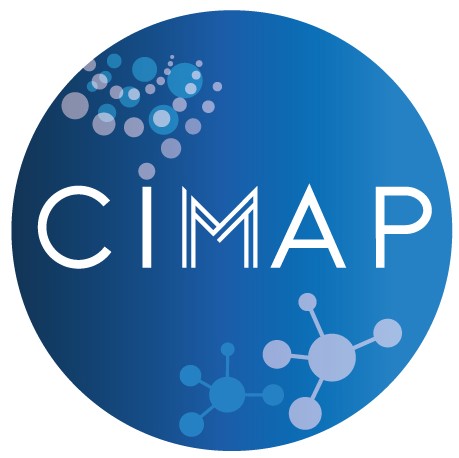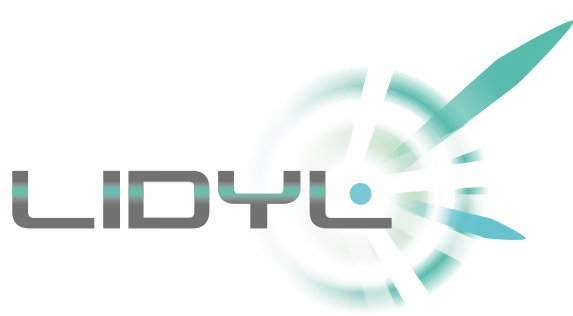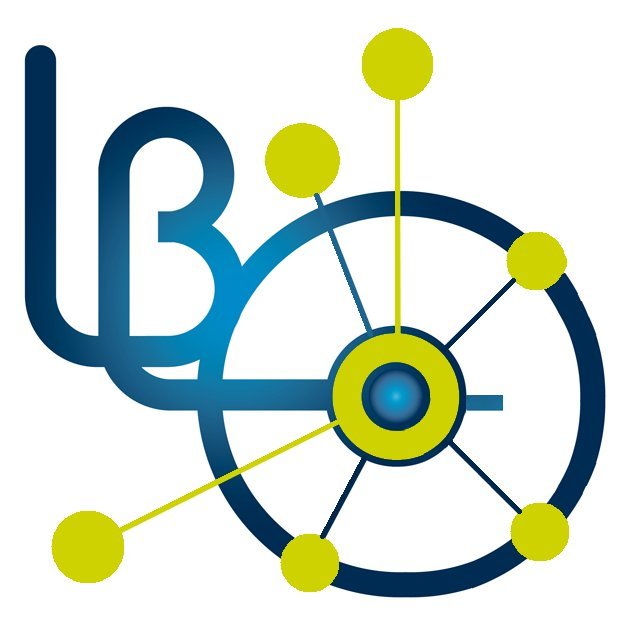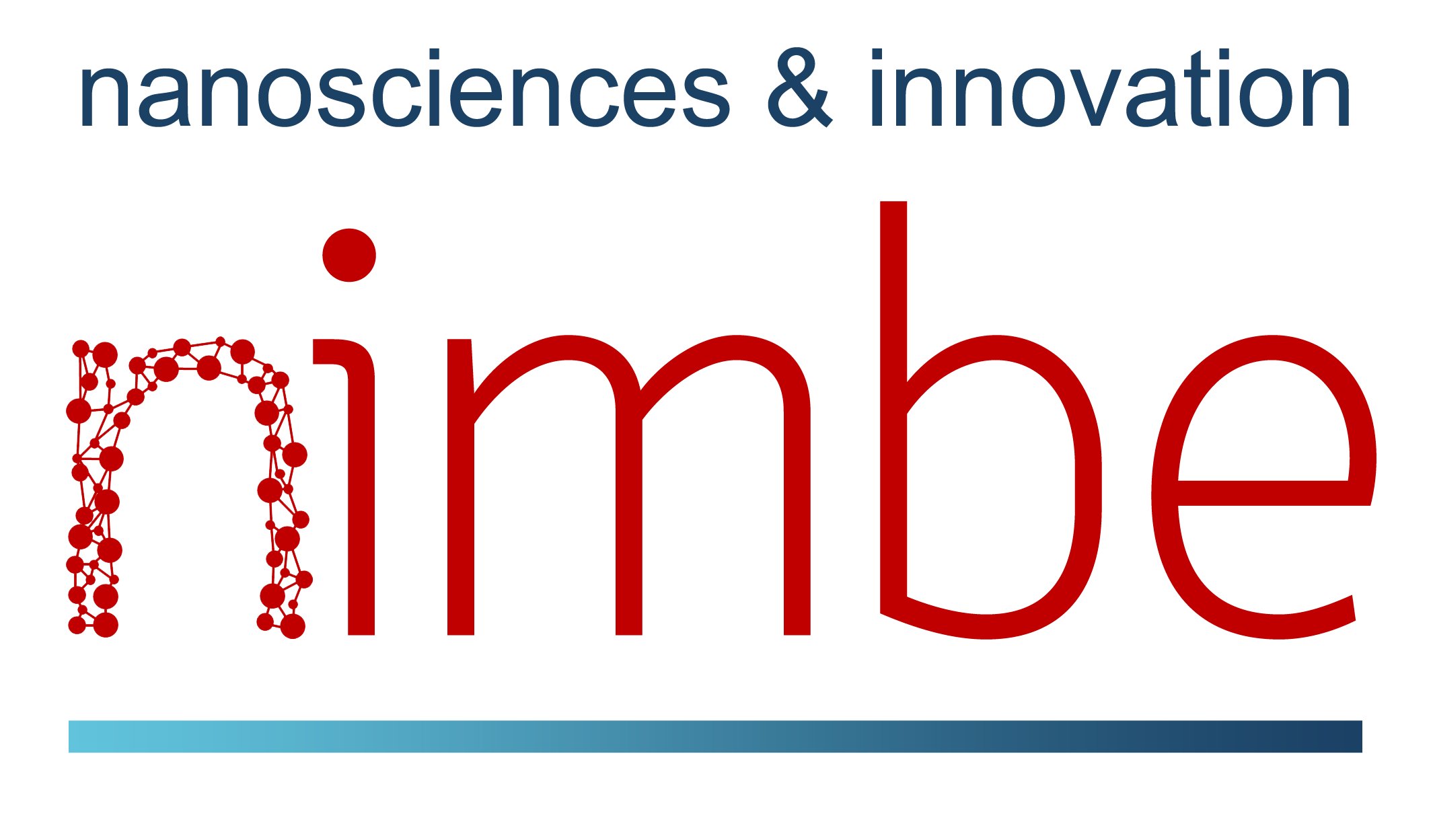


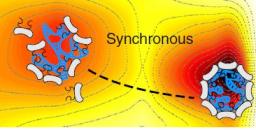
Illustration of the relaxation of metastable nucleoprotein complexes into virions upon a change of pH
Maelenn Chevreuil, Didier Law-Hine, Jingzhi Chen, Stéphane Bressanelli, Sophie Combet, Doru Constantin, Jéril Degrouard, Johannes Möller, Mehdi Zeghal and Guillaume Tresset
The survival of viruses partly relies on their ability to self-assemble inside host cells. Although coarse-grained simulations have identified different pathways leading to assembled virions from their components, experimental evidence is severely lacking. Here, we use timeresolved small-angle X-ray scattering to uncover the nonequilibrium self-assembly dynamics of icosahedral viral capsids packaging their full RNA genome. We reveal the formation of amorphous complexes via an en masse pathway and their relaxation into virions via a synchronous pathway. The binding energy of capsid subunits on the genome is moderate (~7kBT0, with kB the Boltzmann constant and T0 = 298 K, the room temperature), while the energy barrier separating the complexes and the virions is high (~ 20kBT0). A synthetic polyelectrolyte can lower this barrier so that filled capsids are formed in conditions where virions cannot build up. We propose a representation of the dynamics on a free energy landscape.
•  Physics and chemistry for life sciences and the environment › Physics and life
Physics and chemistry for life sciences and the environment › Physics and life  Physique et chimie pour le vivant et l’environnement
Physique et chimie pour le vivant et l’environnement
• Laboratoire Léon Brillouin (LLB) • Leon Brillouin Laboratory (LLB)
• Biologie et Systèmes Désordonnés - GBSD (appareils 7C2, Paxe, Mibemol et Muse) • Disordered System and Biology - GSDB • Soft Complex Matter
• Neutrons • Small Angle Neutron Scattering (PA) • Neutrons • Diffraction on disordered materials

